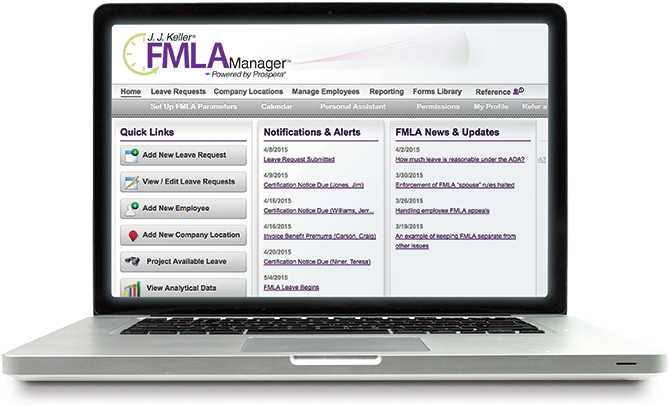Employer mistake results in employee FMLA eligibility miscalculation
Claim included failure to accommodate
Asthma affected Jo since she was a child, but it worsened as an adult. Jo worked as a nurse and her asthma was often triggered by stress and seasonal allergies. Some absences for her condition were covered by the FMLA, while others were covered by the company provided, non-FMLA leave policy. Jo still had attendance issues.
At one point, Jo had a series of severe flare-ups, for which she called in. She also called the company’s third party leave administrator (TPA), but it indicated that she was not eligible for FMLA leave because she had worked only 300 hours in the prior year. Jo said this could not be right because she was a full-time employee. The TPA told Jo to contact Celia in the HR department about her hours worked, and Jo did.
Celia told Jo that the TPA had an inaccurate count of Jo’s hours because the company changed management, and Jo’s hours had not been properly carried over to the new systems. Celia said she would fix the error. Jo subsequently contacted the TPA again and asked about her hours worked. The employer indicated that, because Jo asked only about her hours, she did not actually request leave.
Fixing Jo’s hours took more than a week, and while she was trying to sort it all out, Jo was terminated for failure to apply timely for a leave of absence.
Three days after her termination, Jo again contacted the TPA to see if her hours were fixed. They had been updated, but still showed that she had worked only 1,170 hours. Even after finally getting all her hours updated and retroactive FMLA approval, the employer held to Jo’s termination, and Jo sued.
The district court found that Jo was ineligible for FMLA leave and that she failed to exhaust her ADA claims. Jo then limited her arguments to her reasonable accommodations claims. Therefore, the claim advanced to the Appeals Court only under state disability accommodation law.
The Court ruled in favor of the employee, indicating that five weeks of retroactive, emergency, non-FMLA leave would have been a reasonable accommodation for her asthma flare-up.
The fact that the employee’s request for FMLA leave went unapproved because of a company management issue seemed to get lost in the legal folds of the case. For practical purposes, if an employer makes missteps that renders an employee ineligible for FMLA leave, believing that a court might frown upon terminating an employee based on those missteps is not illogical.
This case highlights situations in which a link between HR technology and change management can affect an employee’s eligibility for FMLA leave. Make sure all your HR ducks in a row before making a termination decision.
King v. Steward Trumbull Mem. Hosp.; Sixth Circuit Court of Appeals, No. 21-3445, April 7, 2022
Key to remember: Non-FMLA related tasks can have an impact on FMLA leave administration. The FMLA often intertwines with other laws, such as the ADA and related state laws.
This article was written by Darlene M. Clabault, SHRM-CP, PHR, CLMS, of J. J. Keller & Associates, Inc. The content of these news items, in whole or in part, MAY NOT be copied into any other uses without consulting the originator of the content.
You may also enjoy the following articles:

The J. J. Keller FMLA Manager service is your business resource for tracking employee leave and ensuring compliance with the latest Federal and State FMLA requirements.